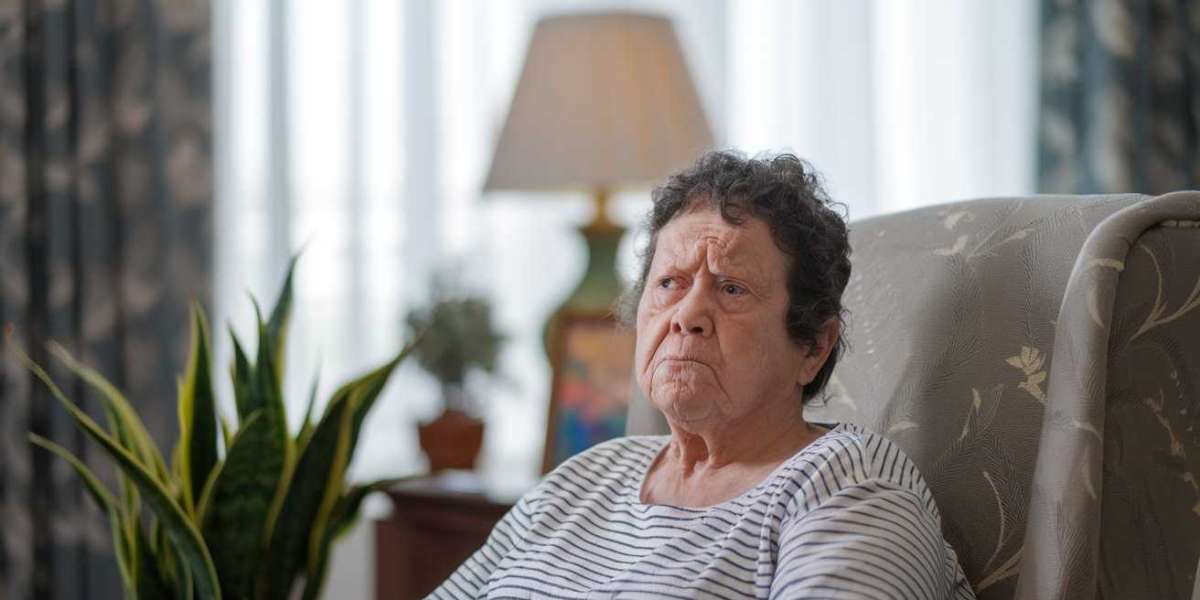Dementia is a complex medical condition affecting millions around the world, causing impairments to memory, reasoning, and behavior. Among its lesser-known but not uncommon symptoms are hallucinations. For caregivers, relatives, and patients, understanding dementia-related hallucinations can make a significant difference in providing compassionate care.
What Are Hallucinations?
Hallucinations are sensory experiences that feel real but are created by the brain. These experiences can involve seeing, hearing, smelling, tasting, or feeling something that isn’t actually there. While hallucinations occur in various medical conditions, they are particularly common in certain types of dementia, such as Lewy body dementia, Parkinson’s disease dementia, and Alzheimer’s disease.
Types of Hallucinations in Dementia
Hallucinations resulting from dementia vary depending on the senses involved. Common types include:
Visual Hallucinations: Seeing things that don't exist, such as people, animals, or objects. For example, a person might see children playing in an empty room or animals moving across the floor.
Auditory Hallucinations: Hearing sounds or voices that aren’t real, such as someone calling their name or non-existent music playing.
Tactile Hallucinations: Feeling sensations without a physical cause, such as the feeling of bugs crawling on the skin.
Olfactory Hallucinations: Smelling odors that aren’t present, such as smoke, flowers, or food.
Gustatory Hallucinations: Tasting things that aren’t there. Though less common, they can occur in dementia.
Causes of Hallucinations in Dementia
Several factors can cause hallucinations in dementia. These include:
Changes in the Brain: Dementia damages brain cells and alters communication between brain areas, leading to hallucinations.
Specific Types of Dementia: Hallucinations are more prevalent in certain forms of dementia, particularly Lewy body dementia and Parkinson’s disease dementia.
Medications: Certain medications used to treat dementia or other conditions may have side effects, including hallucinations.
Sensory Impairments: Vision or hearing loss can contribute to sensory misinterpretations, leading to hallucinations.
Environmental Factors: Dim lighting, shadows, or unfamiliar surroundings can confuse individuals with dementia and trigger hallucinations.
Medical Conditions: Infections, dehydration, or electrolyte imbalances can exacerbate hallucinations.
Common Triggers for Hallucinations
Identifying and managing triggers can help reduce the frequency and intensity of hallucinations. Common triggers include:
Stress or Anxiety: Emotional distress can trigger hallucinations.
Fatigue: Hallucinations are more likely when a person with dementia is tired.
Unfamiliar Environments: Being in a new or confusing place can lead to hallucinations.
Physical Illness: Conditions such as urinary tract infections (UTIs) often trigger hallucinations in people with dementia.
Sensory Overload or Deprivation: Too much or too little sensory input can confuse the brain and lead to hallucinations.
How to React to Dementia-Related Hallucinations
Handling hallucinations in a loved one is challenging, but these steps can help:
Stay Calm: Reacting with fear or frustration can escalate the situation. Instead, remain calm and reassuring.
Validate Their Experience: Avoid dismissing the hallucination. Saying, “I understand that you’re seeing something” can make them feel heard.
Redirect Their Attention: Gently steer their focus to another activity or topic to shift attention away from the hallucination.
Ensure Safety: If the hallucination causes fear or unsafe behavior, take steps to remove hazards and provide reassurance.
Check for Triggers: Identify and address potential causes, such as poor lighting or unfamiliar objects.
Consult a Doctor: Frequent or distressing hallucinations should be discussed with a healthcare professional to rule out medical causes and explore treatment options, including medication.
Conclusion
Dementia-related hallucinations can be distressing for both the individual and their caregivers. Understanding their causes, types, and triggers empowers caregivers to respond empathetically and effectively. By staying informed and seeking professional advice when necessary, you can enhance the quality of life for your loved one and navigate these challenging moments with greater ease.













